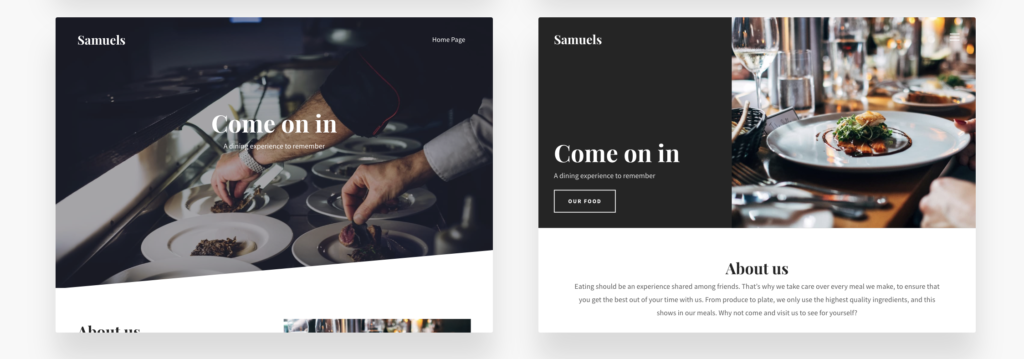Your beautiful website has been designed and published, and now you want to share it with your customers. We have some tried and tested techniques that will have you driving traffic to your website in no time! Here are some easy-to-follow strategies for attracting customers to your website:
Have a presence on social media
Let’s start with the most obvious one: social media. Creating pages about your business on relevant social media platforms can boost visitor numbers to your site. The beauty of making a name for yourself on social media is that it’s free. So, this is a worthwhile strategy for new or smaller businesses who may have limited advertising budgets. Include links on your social media pages to your website, and entice audiences to visit your site with offers, product information and updates.
Start a blog
Who doesn’t love a good read? Blogging is a great way to keep people coming back to your website. Writing a regular blog on subjects that you are an authority on will entice visitors back to your site again and again. It’s not only people that appreciate a well-written article, but search engines do too! Don’t forget to sneak in a few choice keywords into your content, as these can help send your site soaring on search listings.
When you give readers the option to comment or to share your blogs, this can also help you reach more people. Always make your blog content is relevant to your target audiences, offering them an insight into topics that they would find useful and interesting.
As well as blogging on your own site, consider providing a guest blog posting on another related and respected website, including a link to your web page so viewers can click through to your site.
Get SEO savvy
Using search engine optimisation strategies will allow your website to climb the ranks of search listings. This will help people find your site name easier. If your website makes it to the first page of search listings then it’s likely to be getting more clicks than if it were on any other page – that’s how important SEO is!
Some simple SEO tips that really make a difference include making sure you fill out the meta titles and descriptions on your pages and adding keywords that apply to your services throughout your site. It’s also important to keep your website’s information current, updated and relevant, as these are all attributes favoured by search engines.
If you’re new to SEO, we’ve created this easy guide for complete beginners. It’s honestly not as hard as it sounds!
Try Paid advertising
There are lots of free or budget-friendly strategies you can use to attract customers to your site, but if you want to get your website off the ground you might wish to consider paid advertising. Pay per click (PPC), for instance, is one commonly used option. By carefully selecting keywords relevant to your site, an advert for your website will appear online when people enter these keywords into a search engine. Clicking on the advert will then direct visitors to your site, helping to swell your audience numbers. It’s a quick and easy way to get people to you.
These are just some of the ways you can attract more customers to your website. Even if you try other ways of attracting customers, remember to use an analytics tool to make sure you know what works best for your business. There’s no point in repeating something that isn’t producing the results you want. Your time is precious so invest it wisely.
If you still haven’t created your dream site or you are thinking of starting something new, try Go Sitebuilder free for 14-days and see just how easy it is to build your own website – no pros or technical skills needed!












